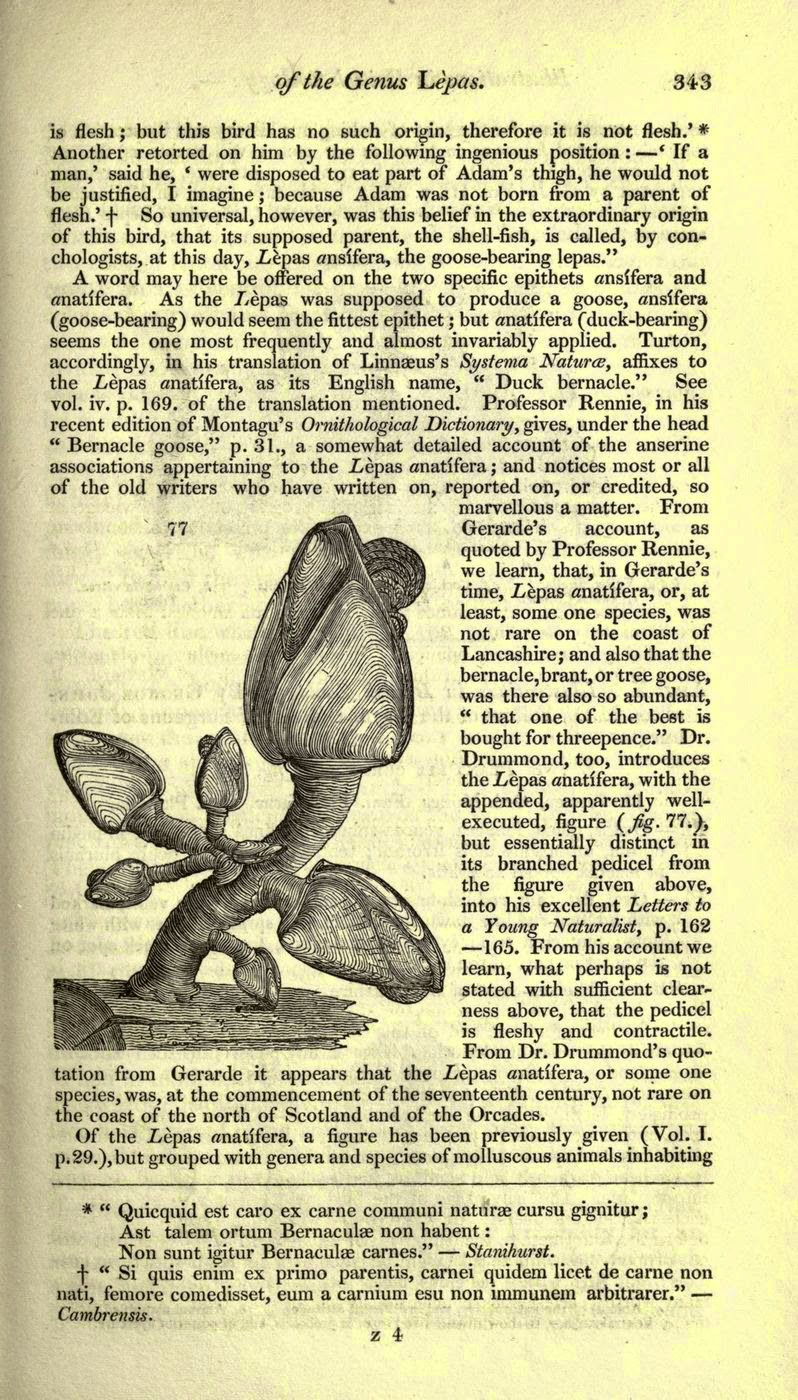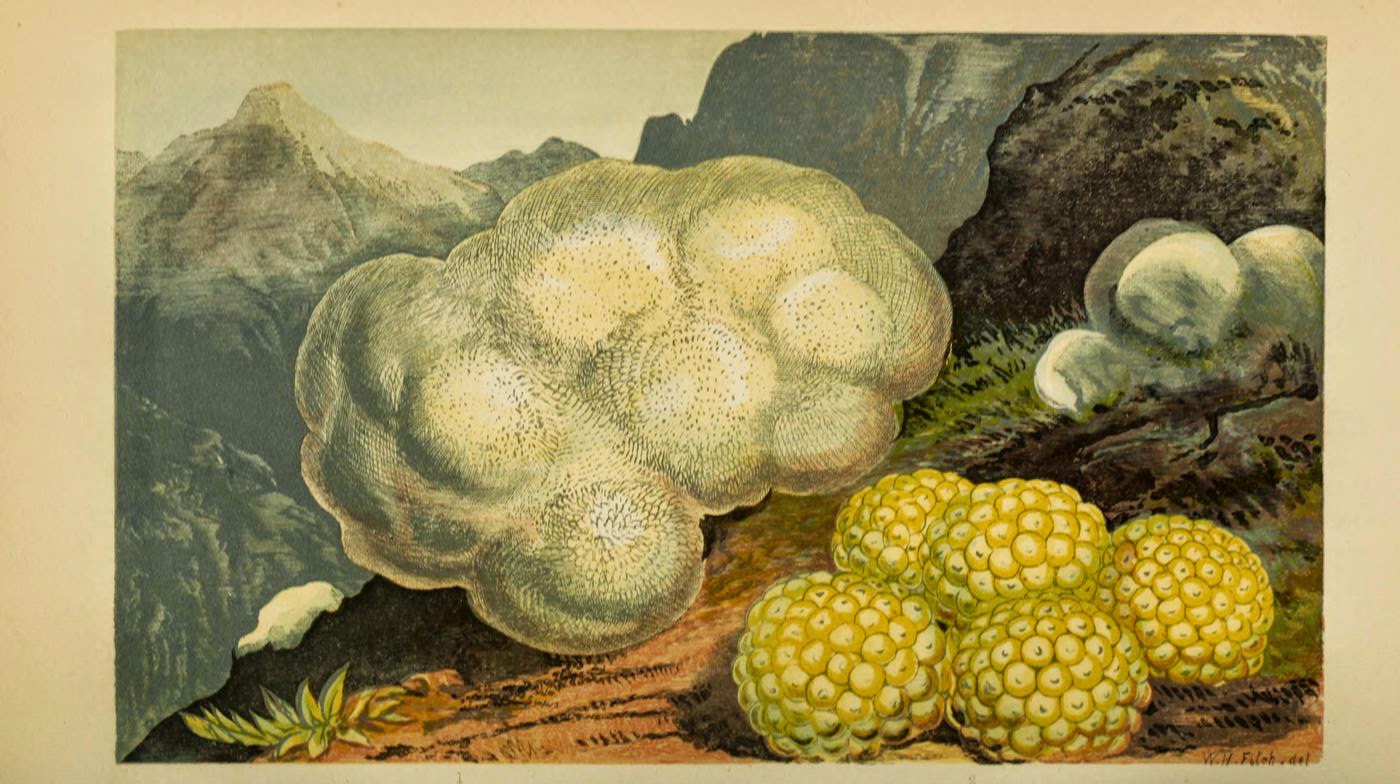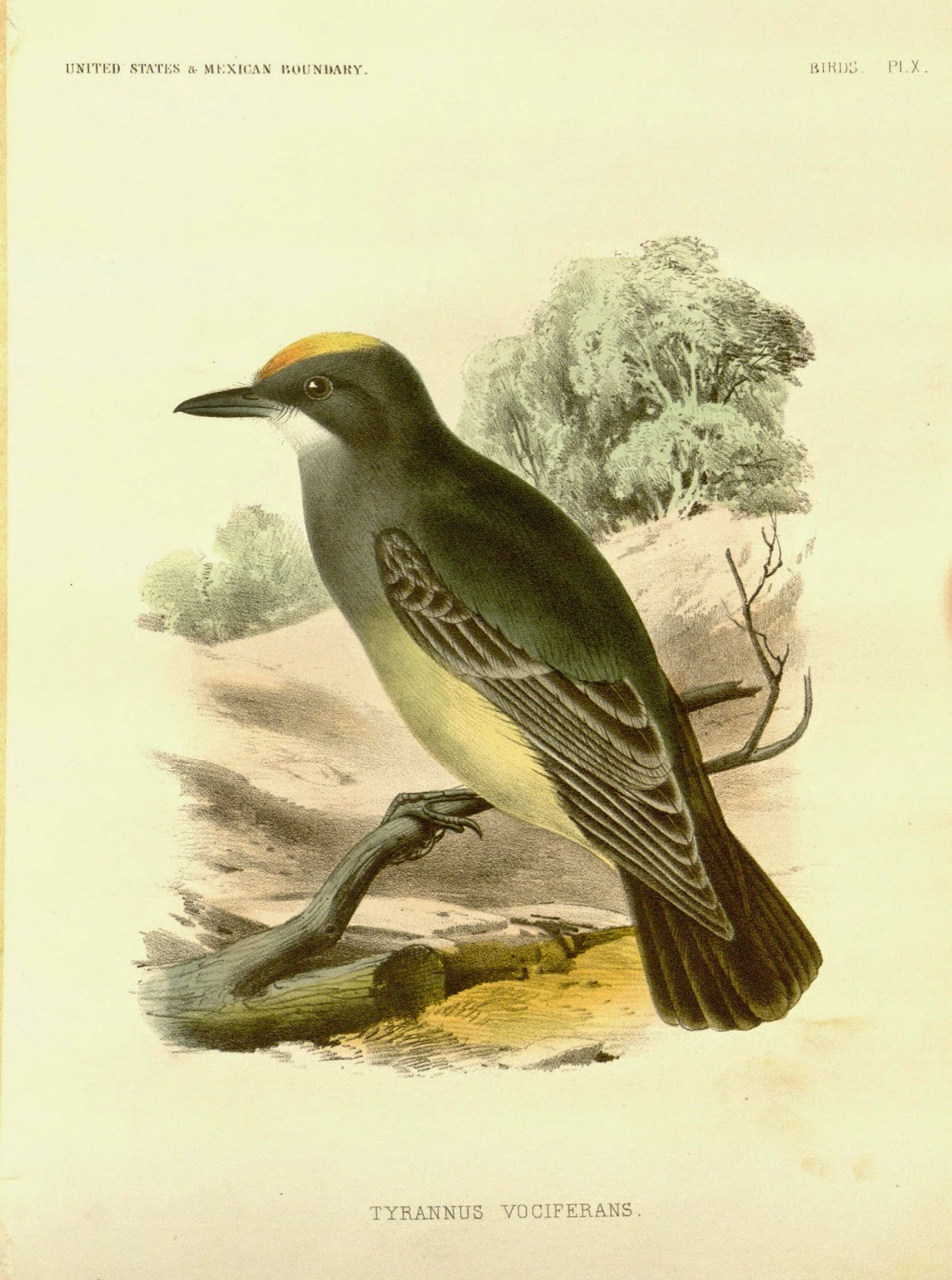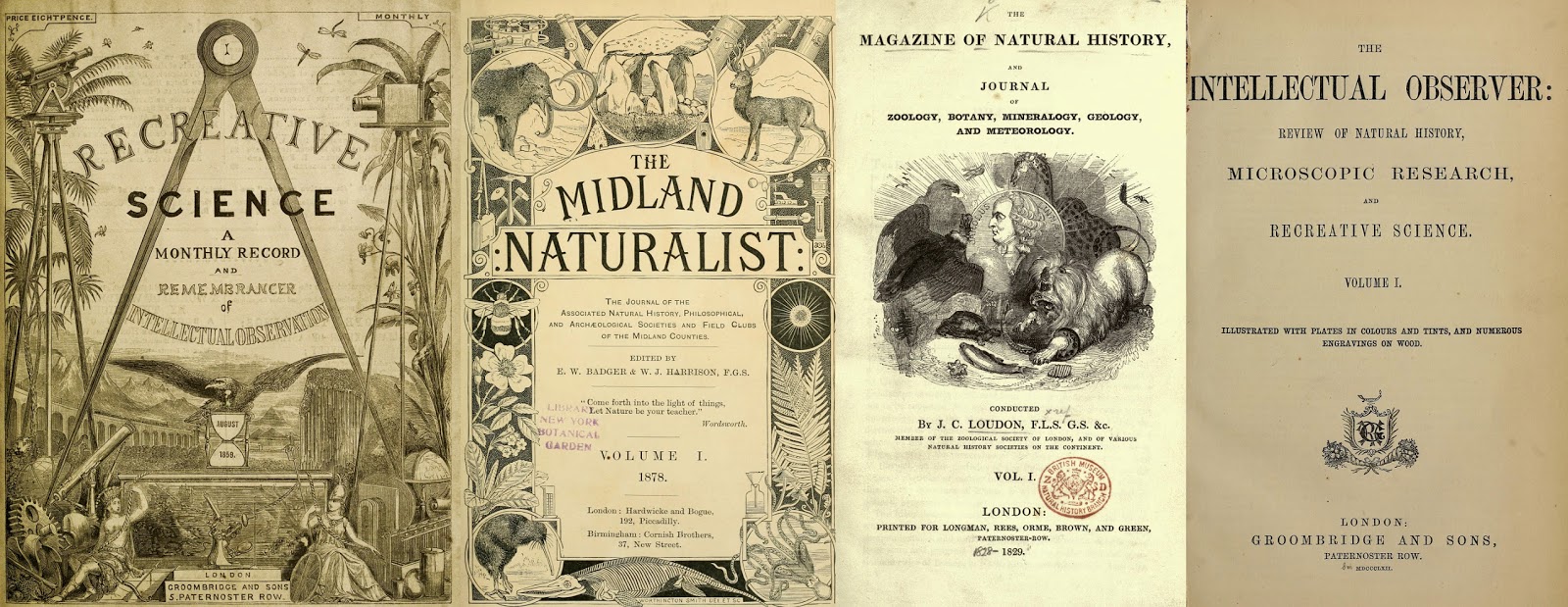Citizen Science in Science Gossip
Since the release of Science Gossip a little less than a month ago, 3,600 volunteers have enthusiastically completed 160,000 classifications of natural history illustrations from the pages of 19th century science periodicals! As a result, the periodicals Recreative Science and Midland Naturalist are now fully classified and both the Magazine of Natural History and Journal of Zoology, Botany, Mineralogy, Geology and Meteorology and the Intellectual Observer are nearly complete (approximately 80%).
Volunteers have identified illustrations from a wide variety of topics, from Barnacles transforming into Geese to Egyptian Village Life to a plant called Vegetable Sheep, all of which demonstrate the diversity of domains covered in these 19th century science periodicals.
 |
| Barnacles transforming into Geese. Magazine of Natural History. v. 5 (1832).http://biodiversitylibrary.org/page/2301212. |
Some of the illustrations volunteers have discovered relate to other Zooniverse projects such as these gems:
 |
| Egyptian Village Life. The Intellectual Observer. v. 7 (1865). http://biodiversitylibrary.org/page/39464460. |
Furthermore, within the first week, one of the volunteers managed to uncover the background image we use for the Science Gossip website!
Talk has been very active with questions about the best way to classify. Based on regularly recurring questions from users we have begun an FAQ, and this list will grow over time. If you have a question you think should be added to the FAQ, please post here.
 |
| Vegetable Sheep! The Intellectual Observer. v. 11 (1867). http://biodiversitylibrary.org/page/39544035. |
We are in the process of uploading new content and are looking to reduce the number of blank and text only pages that volunteers have to weed through to get to pages with illustrations. Algorithms that can help automatically identify pages with text are being tested, although they are not 100% accurate. Stay tuned for progress and we look forward to seeing what other illustrative treasures our volunteers will unearth over the next month!
Citizen Science in Flickr
We’ve also been encouraging our user community to help us unlock knowledge in scientific illustrations through Flickr tagging. In January, we announced that, in addition to the nearly 100,000 images in our own Flickr collection, over a million BHL images are also being uploaded to Flickr Commons via the Internet Archive Flickr stream. As part of our Art of Life project, we asked you to help us enhance these images by tagging them with species names.
Since our request in January, over 1,700 images in the BHL Flickr collection have been tagged by our user community, translating to over 18,000 total images tagged. Those images with species name machine tags are automatically ingested into the Encyclopedia of Life and associated with the corresponding species page. To date, there are over 17,000 BHL images in EOL.
 |
| Aster cordifolius, tagged by @SiobhanLeachman. Addisonia. v. 2 (1917). http://biodiversitylibrary.org/page/28890239. |
Our community has also been adding much more information than just species names. @SiobhanLeachman and @VLeachman shared a great guide from the British Library on additional machine tag formats, including artist name, dates, and VIAF information. As a result, knowledge such as the artists who created these amazing illustrations is also being captured.
Thanks to our interaction with taggers on social media, we’ve also discovered some really amazing things about these illustrations. For example, through transcription activities with the Smithsonian Transcription Center, @Bailiuchan discovered a great mention by Vernon Bailey of Cassin’s Kingbird (Tyrannus vociferans), which she shared on Twitter. We shared an illustration of the bird from BHL, and a suggestion of the possible artist from one of our image taggers led us to discover that this image, and the other plates from this work, were prepared by the same firm that did Audubon’s famous Birds of America!
 |
| Cassin’s Kingbird. Plate prepared by same firm that did Birds of America, a fact we discovered thanks to our Flickr image tagging conversations on social media! Report on the United States and Mexican Boundary Survey. v. 2, pt. 2 (1859). http://biodiversitylibrary.org/page/28880648. |
We are so excited about the ways that citizen science is allowing us to learn new things about our collections and capture this knowledge in ways that allow others to more easily discover them. The ultimate goal for all of these activities is to ingest the tags and descriptions provided by users on Science Gossip and Flickr into BHL to enhance our own metadata and eventually support image search within the portal itself.
Thank you for helping us learn about our collection and improve access to it! We hope you will continue to explore and describe our illustrations on Science Gossip and Flickr. What will you discover?






Leave a Comment